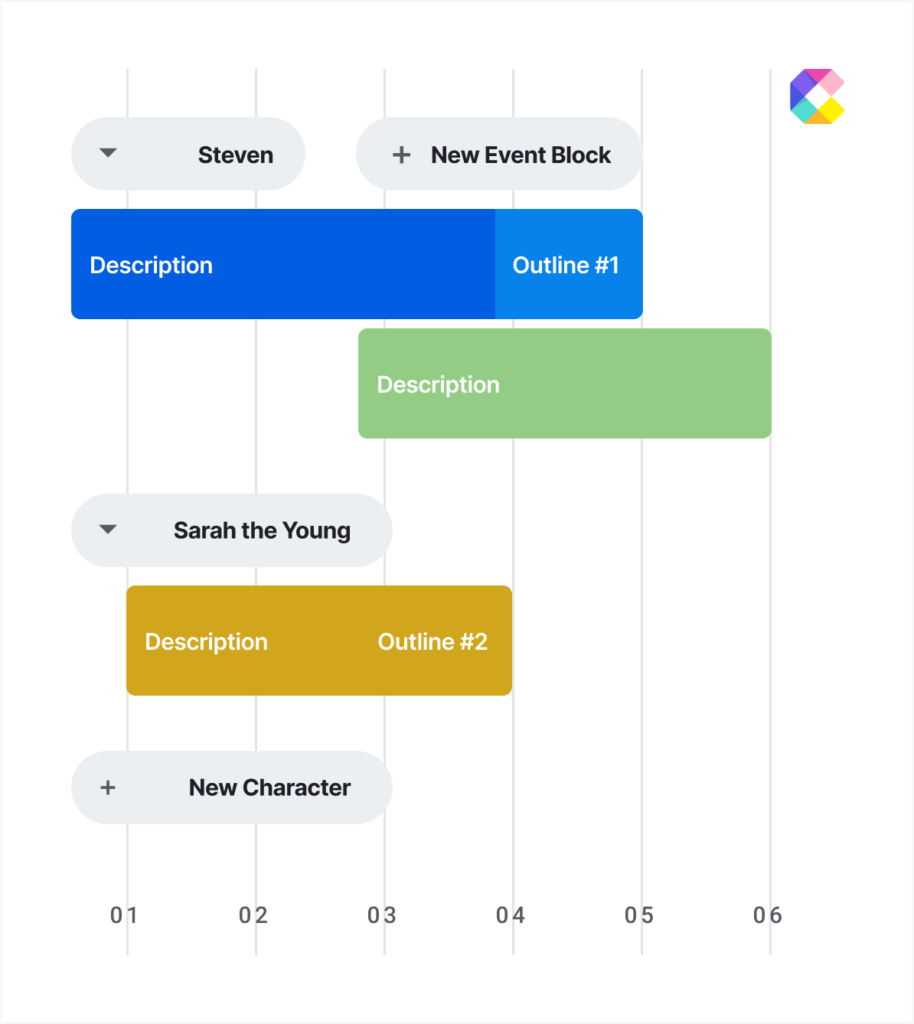Time Management for Writers
There will always be certain aspects of the job that you like and some that you detest. You may enjoy writing blogs and articles, but struggle when it comes to fiction. You may like the writing part, but researching unfamiliar topics can feel heavy on your heart. And don’t even get me started on editing the writing after I’m done with the first draft. I always dread reading my final work, although it is a profession for some. All hail editors.
The point is that you don’t have to be so finicky about the writing process. You can always rewrite and edit your work afterwards, so just write for the time being. People often say (I know it’s a cliche) “love what you do in order to do what you love.” If you enjoy writing and write for a living, that’s fantastic, but if you don’t, don’t worry because there are ways to keep things under control. How does that work, you ask? The answer is time management. As a writer, learning how to manage your time is one of the key steps to mastering your writing skills, for you’ll never be able to fulfill your potential or exceed your limits if you don’t invest in the time needed to become a master.
Have I been rambling on for too long? My bad. Let’s get into the practical steps you can take to manage your time and learn how to create a writing plan that fits into your schedule.
Before You Start on the Plan
Let’s start with what you can do before you write or even create the plan. For that, you’ll go through the following steps:
1. Skim through the Project
You’ll need to get a rough idea of what you’re about to write. This includes reading the brief, understanding the scope, and determining the project deliverables you need to fulfill (like the word count, deadline, etc.). For that, you’ll skim through the contents without going into too much detail. The goal here is to get a general notion of what your next project will be.
2. Set a Rough Estimate for Every Phase
Next, you’ll divide the time duration you have over your writing phases. For instance, you’ll need time to research, write, and edit, so start by estimating how much time you’ll need to complete each of these processes. Usually, writing takes the most time, followed by research, and editing should require the least amount of time.
3. Identify Any Variables
You should also determine if there are any variables you should take into consideration. For instance, it’s normal for publishing agencies to demand the first draft of your book or novel within a certain time frame, and there are times when you’ll need to get the book outline approved first before you start writing. All of these variables will affect your workflow, which can affect your time management, but they shouldn’t if you’ve already accounted for them in your plan.
Back-planning the Writing Process
Next comes planning your project, be it a book, novel, blog, or even an essay. For this, you’ll follow the back-planning concept, which means you’ll plan your project with the final goal in mind. You’ll set the deadline, which is the date of submission and the finish line, and plan your writing process backward until the present day. To be able to do that, you’ll go through the following steps:
1. Scribble a Rough Outline
First, you’ll read the manuscript, guidelines, scope, or whatever document that entails the details of the writing project. Keep a paper beside you or open an empty document to write down a rough outline for the book as you read through the guidelines.
2. Research and Brainstorm
Once you understand the scope you’ll be working within, you’ll dive into the contents. Research every part of the project, use visualizations to get inspired, and then research some more. During this phase, let your thoughts flow freely, but be sure to document all the ideas you get. It doesn’t matter if your work becomes too ubiquitous; you’ll take care of it in the next step.
3. Organize Your Ideas
Once you squeeze your creative juices dry and finish researching the topic, take a short break, then come back to your mess of a document. It’s time to organize all the thoughts and ideas you’ve written down. I find that turning subtitles into headlines or emphasizing key points with bold letters helps me remember what I wanted to convey
4. Creating the First Draft
This is the time to write to your heart’s content. During this phase, you may come across a few topics that need more research, words that you’ve forgotten or are not sure of, or certain aspects that sound too confusing for your readers. Don’t interrupt your writing flow; just mark all of these parts and get back to them later. When your writing mode is on, just write.
5. Filling the Gaps
Once you’re done with the first draft, it’s time to fill in all the gaps you’ve left blank. You may choose to do this step at the end of the first draft or at the end of your writing day once you’ve fulfilled your daily quota. What matters is that you invest your energy in writing when you’re feeling most productive.
6. Proofreading and Editing
Now you can finally say that you’ve finished the first draft. The next step is going to be proofreading and editing your work before submitting it. During this phase, you may also want to add pictures, links, fix your formatting, or do whatever you want to do to improve the aesthetics of your work.
7. One Final Review before Submission
The final step includes leaving your work on hold while you take a break. You need this break so that when you go over your work for one last time, you’ll be looking with a fresh set of eyes. Otherwise, you risk conducting the final review with an exhausted eye that skims through all the mistakes or gaps.
Putting Your Writing Plan on the Timeline
The truth of the matter is that there is no one-size-fits-all writing strategy I can give you. No matter how one writer’s writing plan unfolds, I can guarantee you that it’ll be different from the chronology of another writer. However, I’ll give you an idea of how you can divide your phases on a clear timeline, and then you can adjust the duration of each phase to what suits you best.
For this writing plan, I’ll divide the previous back-planning steps into four phases over the span of one week. Let’s say I have a ten-thousand-word book that needs to be delivered at the end of this week. Here’s how the timeline I’ve set for myself will go:
Phase One: Research, Brainstorm, and Outline (One day)
The first phase will include researching and brainstorming, and then creating the book outline. Since I don’t have the luxury of wasting a few days doing that, the goal is to get the outline ready by the end of the first day. Some projects will require much more extensive research, while others can be done within a couple of hours. It all comes back to the project you have.
Phase Two: Creating the First Draft (Three to four days)
Next comes the writing phase. Let’s say that I know from experience that my limit is writing 3,000 words per day. If I am to divide the workload so that I’ll write 3,000 words per day, this means I’ll either need 3 days plus a fraction of the fourth day to write 10,000 words, or I can push myself a bit further and write around 3,400 words over three days.
Phase Three: Editing (One day)
If I manage to finish writing within three days, then I’ll start editing on the fifth day of the week.
Phase Four: Adding the Finishing Touches (One day)
On the sixth day, I’ll go over the work once again to ensure I didn’t miss anything and that everything is in order. I’ll add the images, check the formatting, add references, and ensure that the aesthetics of the project are decent. Once that’s done, I’ll probably upload, publish, or submit it right away.
If you’ve noticed, I gave myself an extra day while planning the phases. This extra time will save your life in case you stumble across unforeseen circumstances, or you find yourself progressing much slower than you expected. That’s because risk management is a crucial aspect of managing your project. Meanwhile, managing your time and creating an effective writing plan go hand in hand. If you want to make the most of the time you have, you need to create a reasonable and practical writing plan that streamlines your writing process.




